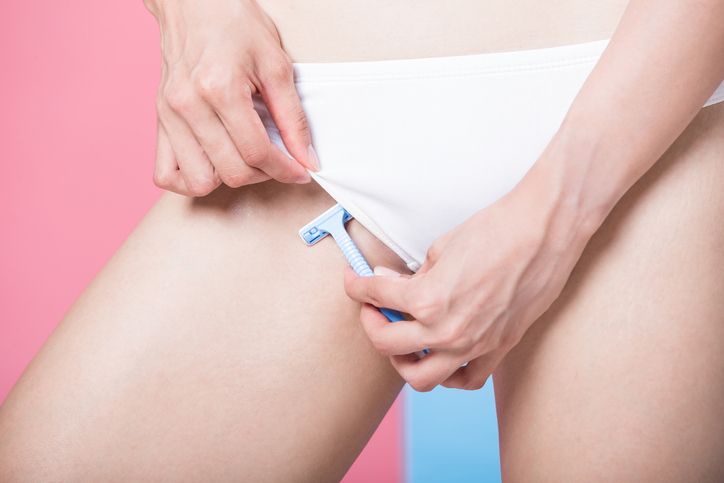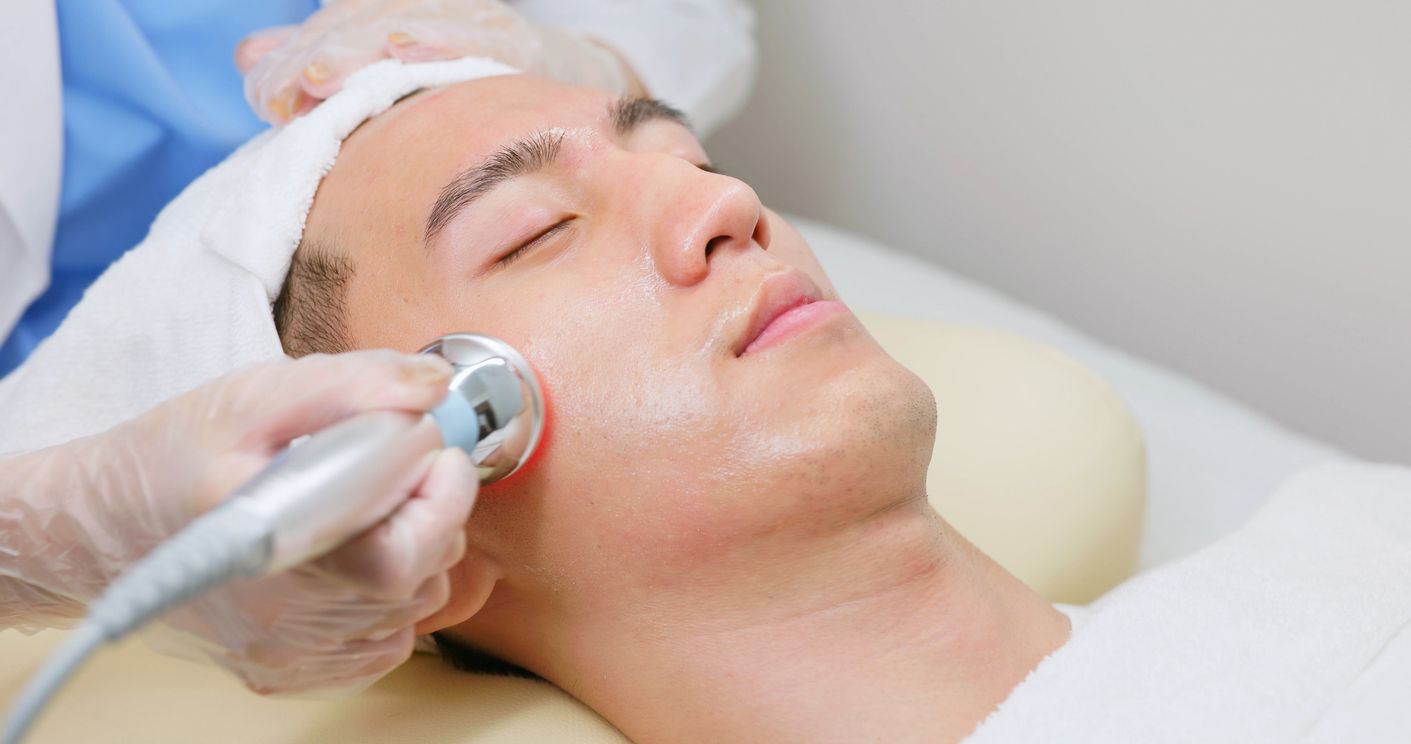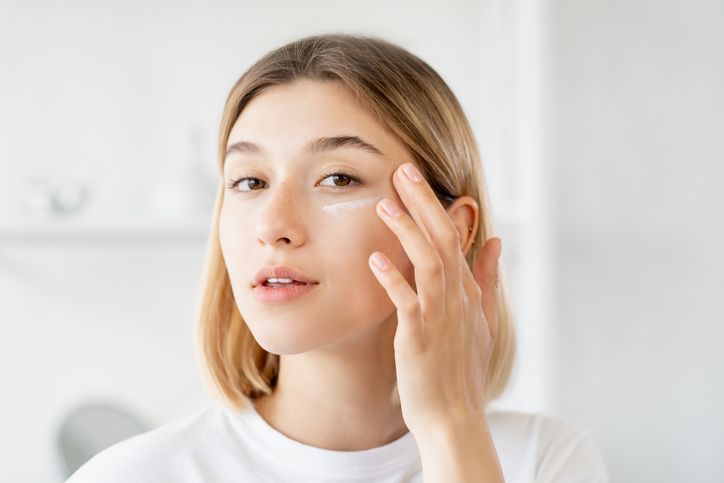- Home
- Trend
- Weight Loss Strategies
- Acne Tips
- Hair Health Information
- Blemish Removal Tips
- Acne Scar Removal Tips
- Muscle Building Techniques
- Intimate Care Tips
- Postpartum Intimate Care
- Eye Bags Wiki
- Tips for Face Slimming
- Secret of Permanent Hair Removal
- Breast Enlargement Tips
- Cure to Snoring
- Marionette Lines
- Skin-Tightening Secrets

免費體驗
B6 Bust Enhancement Treatment
1 Minute Self-Registration
Date should not be before minimal date
In a world where perceptions of beauty and body image are diverse, the desire for breast enhancement has spurred innovation in cosmetic procedures. While surgical options like breast augmentation have long been popular, there's a growing interest in non-surgical alternatives. This article explores the evolving landscape of breast enhancement without surgery, ranging from fat transfer techniques to creams promoting natural growth.
1
What Factor Can Decide and Promote Breast Growth?
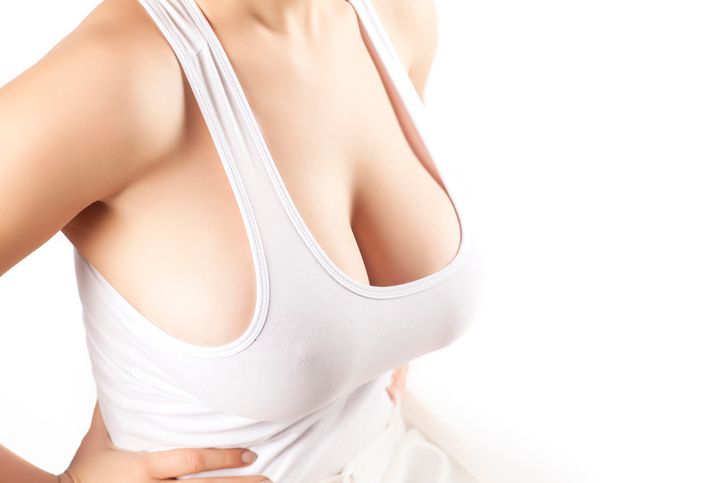
1. Genetics
2. Hormones
3. Age
4. Weight Changes
5. Pregnancy and Breastfeeding
6. Birth Control Pills and Hormone Therapy
7. Nutrition
8. Exercise
2
Don't Get in The Trap: No Oral Products On Market Can Give You A Breast Lift
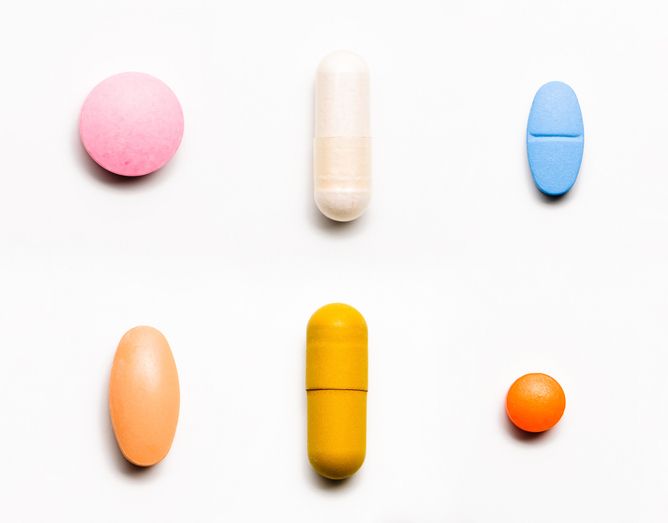
Other potential red flags
3
Exploring Traditional Breast Augmentation Options
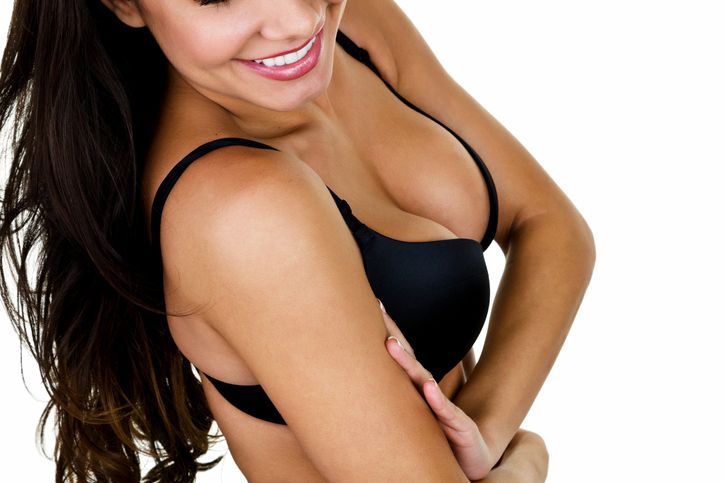
Breast Implant Surgery
Saline Implants
Silicone Implants
Shapes
Textured vs. Smooth Implants
4
Non-Surgical Breast Enhancement Options
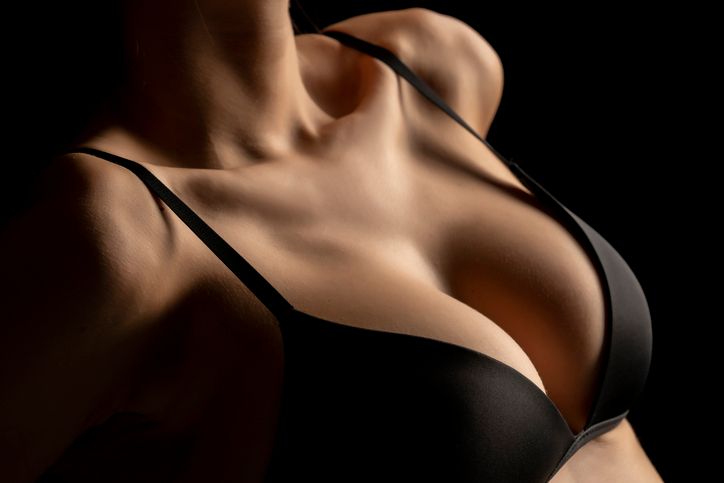
Fat Transfer Breast Augmentation
Breast Enlargement Treatment from Perfect Medical

免費體驗
B6 Bust Enhancement Treatment
1 Minute Self-Registration
Date should not be before minimal date
5
Conclusion
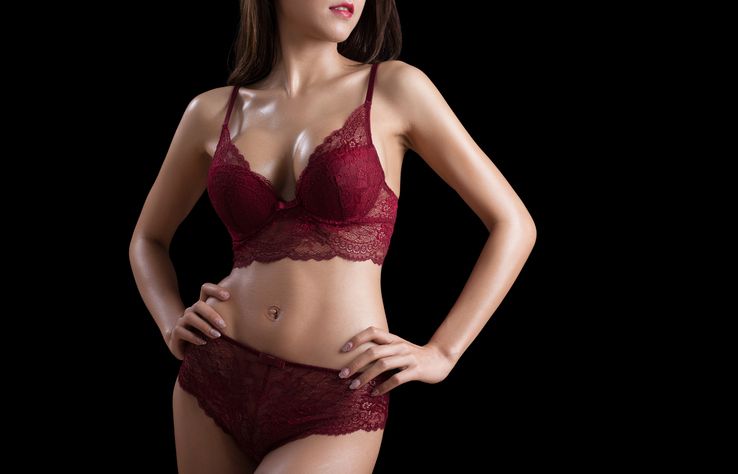
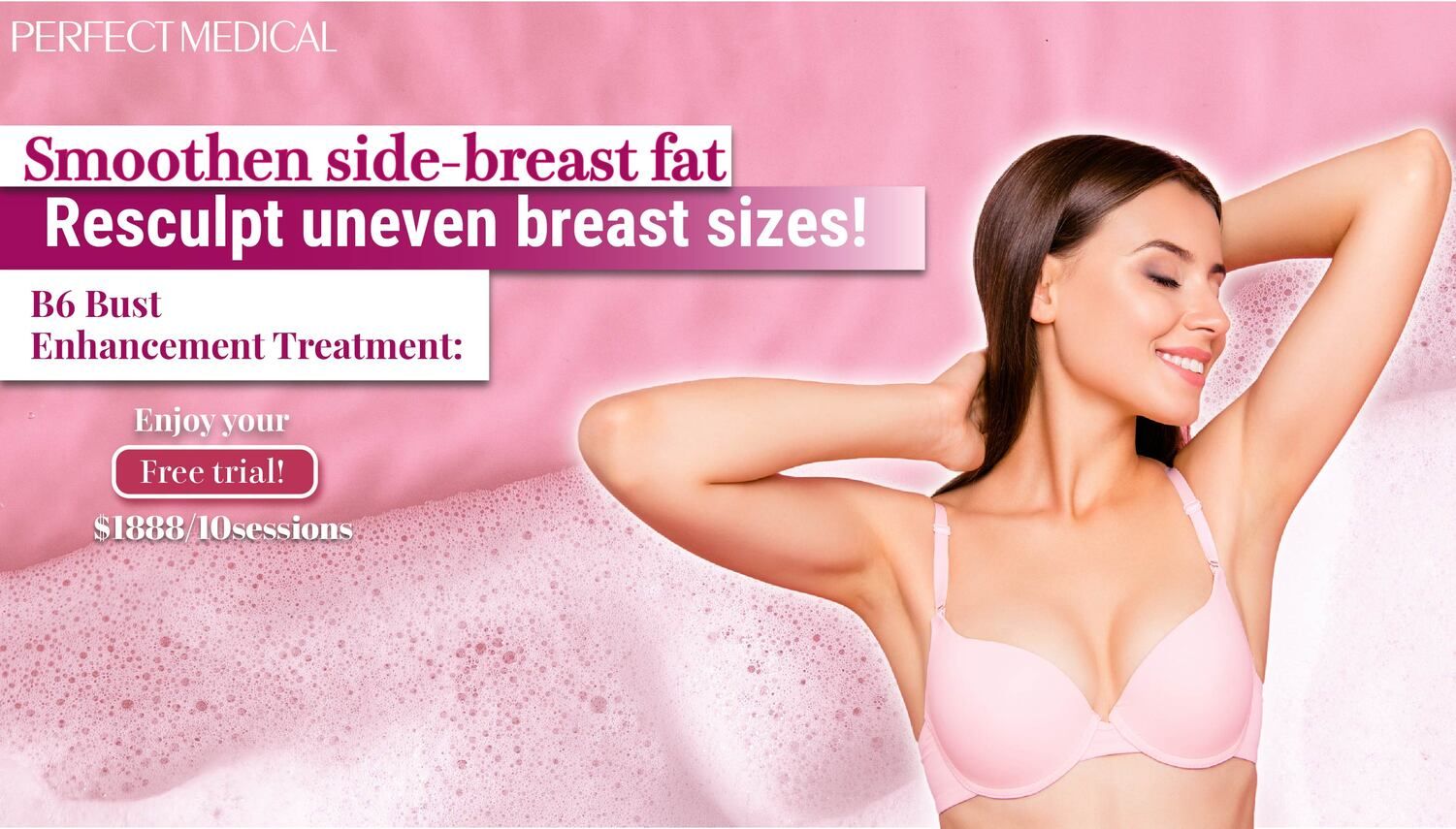
免費體驗
B6 Bust Enhancement Treatment
1 Minute Self-Registration
Date should not be before minimal date
FAQ

1. What are the risk factors for breast cancer, and how can early detection improve outcomes?
Breast cancer risk factors include age, family history, genetic mutations (e.g., BRCA1 or BRCA2), hormonal factors, and lifestyle choices (smoking, alcohol consumption). Early detection through regular mammograms, clinical breast exams, and self-examinations increases the chances of identifying cancer at an earlier, more treatable stage. Early intervention often leads to more successful outcomes and a higher likelihood of survival.
2. What should I consider before undergoing breast augmentation surgery, and what are the common recovery steps?
Before breast augmentation surgery, individuals should consider factors such as their motivation for surgery, implant type (silicone or saline), size, and potential risks. It's crucial to choose a qualified surgeon and thoroughly understand the procedure. Recovery steps commonly involve managing post-operative pain with prescribed medications, wearing a supportive bra, avoiding strenuous activities, attending follow-up appointments, and allowing sufficient time for healing before resuming normal activities.
3. How does body fat percentage impact breast tissues, and is there a correlation between weight loss and breast size?
Breasts contain glandular tissue and fat. Changes in body fat percentage can affect breast size because breasts do not have muscles but are supported by ligaments and the skin. Weight loss may lead to a reduction in overall body fat, including in the breasts. However, the impact on breast size varies among individuals. Factors such as genetics and the proportion of glandular tissue to fat in the breasts influence how they respond to changes in body fat.
4. Are there effective non-surgical options for enhancing breast appearance, and what are the key benefits and limitations?
Non-surgical options for breast enhancement include topical creams, exercises targeting chest muscles, and supportive undergarments. The benefits include avoiding surgery-related risks, quicker recovery, and less expense. However, the results are often temporary, and effectiveness can vary. It's essential to manage expectations and understand that non-surgical methods may not provide the same degree of enhancement as surgical procedures.
5. Can chest muscle exercises contribute to breast firmness, and what role do chest muscles play in overall breast health?
Chest muscle exercises, such as chest presses and push-ups, can contribute to improved muscle tone and firmness in the chest area, providing some support to the breasts. Well-toned chest muscles help maintain better overall breast health by reducing the strain on the ligaments supporting the breasts. While exercises can enhance the appearance of the chest, they won't directly increase breast size, as breasts primarily consist of glandular tissue and fat.





